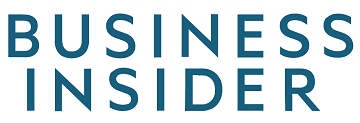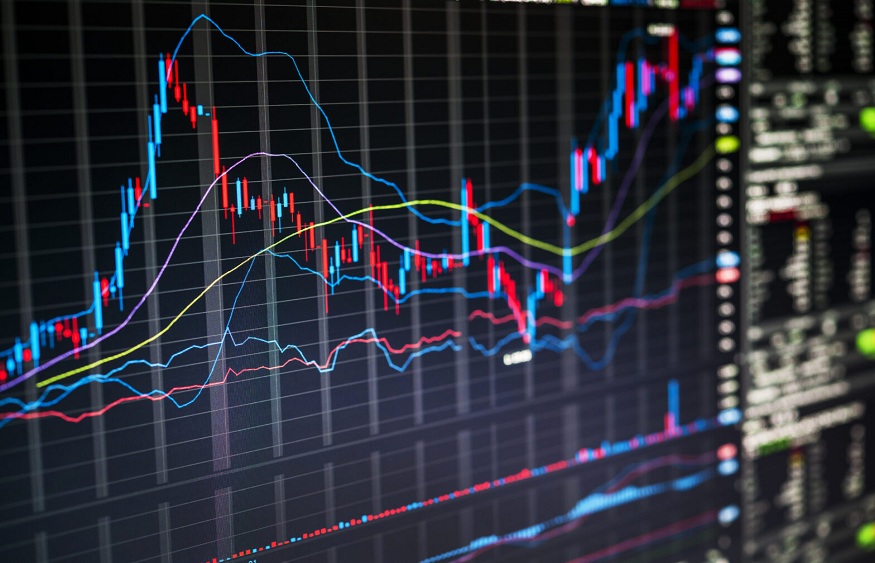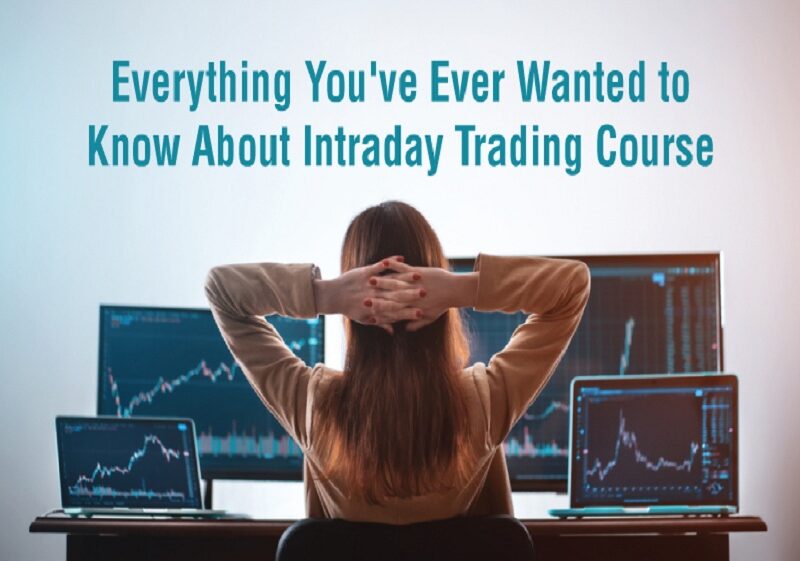There are many options for investing in stock markets, such as mutual funds, ETFs, index funds, etc. In addition to these investment options, investors can also engage in derivative trading. Trading derivatives involves an agreement between buyer and seller to trade a specific product at a specific time and rate. In derivative trading, there are four main concepts: futures, options, forwards, and swaps. Here are the details for the trading in futures and options.
Understanding Futures and Options
In a futures contract, an underlying asset is bought or sold at a specific price at a predetermined date. When you buy a futures contract, you commit to paying a fixed price at a future date. By selling a futures contract, one transfers the asset to a buyer at a specific price at a specific point in time. Stocks, indices, commodities, and currencies are the underlying holdings of futures contracts.
Another form of derivative trading is options trading. With futures trading, both sellers and buyers are obligated to execute their contracts at the agreed prices, whereas, with an option contract, the parties have the choice to do so.
Call options and put options are two important concepts in options trading. Call options give the buyer the option to buy an asset at an agreed price at an agreed date. By contrast, put options give the option to sell a specified asset at a specified price and date.
Difference between Futures & Options
Both derivative instruments have the same fundamentals. Still, they differ in several key areas. Here are the key differences based on different parameters.
Rights and Obligations
As part of the contract, the buyer of the future is obligated to square off at the specified date. However, options trading gives the buyer the right to exercise the contract.
Trading Date
Futures holders must trade the security on the expiration date. While there is volatility, some options can be exercised at any time up until the expiration date. Different markets have different rules for exercising options on indices and stocks.
Premium
When entering into a futures contract, there are no upfront costs. However, in order to enter into a contract with an option seller, the buyer must pay a premium.
Risk
A buyer of options can refuse to exercise the contract if the price falls. Futures trading allows you to trade at a specified price regardless of price fluctuations. Theoretically, options reduce risk.
Who Should Invest in F&O Trading?
Investing in futures and options can be both rewarding and risky, with its own set of pros and cons. Following are the types of traders that invest in this trading.
Hedgers
These investors use F&O to safeguard themselves from price changes in a specific asset. Their goal is to protect against potential losses caused by fluctuations in the price of that asset.
Speculators
Speculators focus on leveraging price changes in securities. They aim to predict and benefit from these price movements. While this is a personal choice, it’s important to note that leveraging can amplify both gains and losses.
Arbitrageurs
These traders aim to make a profit by exploiting price differences in different market conditions. They identify and capitalise on market inefficiencies to gain an advantage.
Key Points to Consider in F&O Trading
Trading in F&O presents an exciting chance for profit, but it also poses significant risks, especially for new traders. Therefore, it’s crucial to know the following points before trading derivatives.
- New traders should be aware that while F&O trading offers great profit potential, it also comes with the possibility of substantial losses. Hence, every move in F&O should be executed with utmost care and consideration. While trading, new traders may find it helpful to use an easy-to-use online stock trading app like Kotak Securities.
- In F&O trading, it’s standard practice to always trade with predetermined stop-loss and profit targets. This practice applies to all leveraged positions, helping traders manage risks effectively.
- It’s essential to keep a close watch on costs associated with F&O trading. While brokerage fees and charges may seem low, the high turnover rate in F&O, even at a lower percentage than equities, can accumulate various costs such as GST, stamp duty, statutory duty, and STT. Maintaining an optimal profit-to-transaction cost ratio is crucial to avoid depleting your funds.
- One unique aspect of F&O is the ability to trade options even without a specific market direction. Combining options and futures allows traders to navigate directional markets effectively.
- Options provide a way to profit in both volatile and stagnant markets. This flexibility makes options a sensible choice compared to traditional stock trading, especially when market conditions are unpredictable.
Conclusion
While trading, investors can use futures and options as leverage or hedging. Futures and options provide the potential to gain huge profits through speculations. However, they can also result in huge losses if the securities do not reach the estimated price level. Therefore, entering these markets requires a careful understanding of the securities and the impact of market fluctuations. Investors can begin investing in smaller amounts in order to gain experience and understand the concepts in order to eventually increase their wealth.



